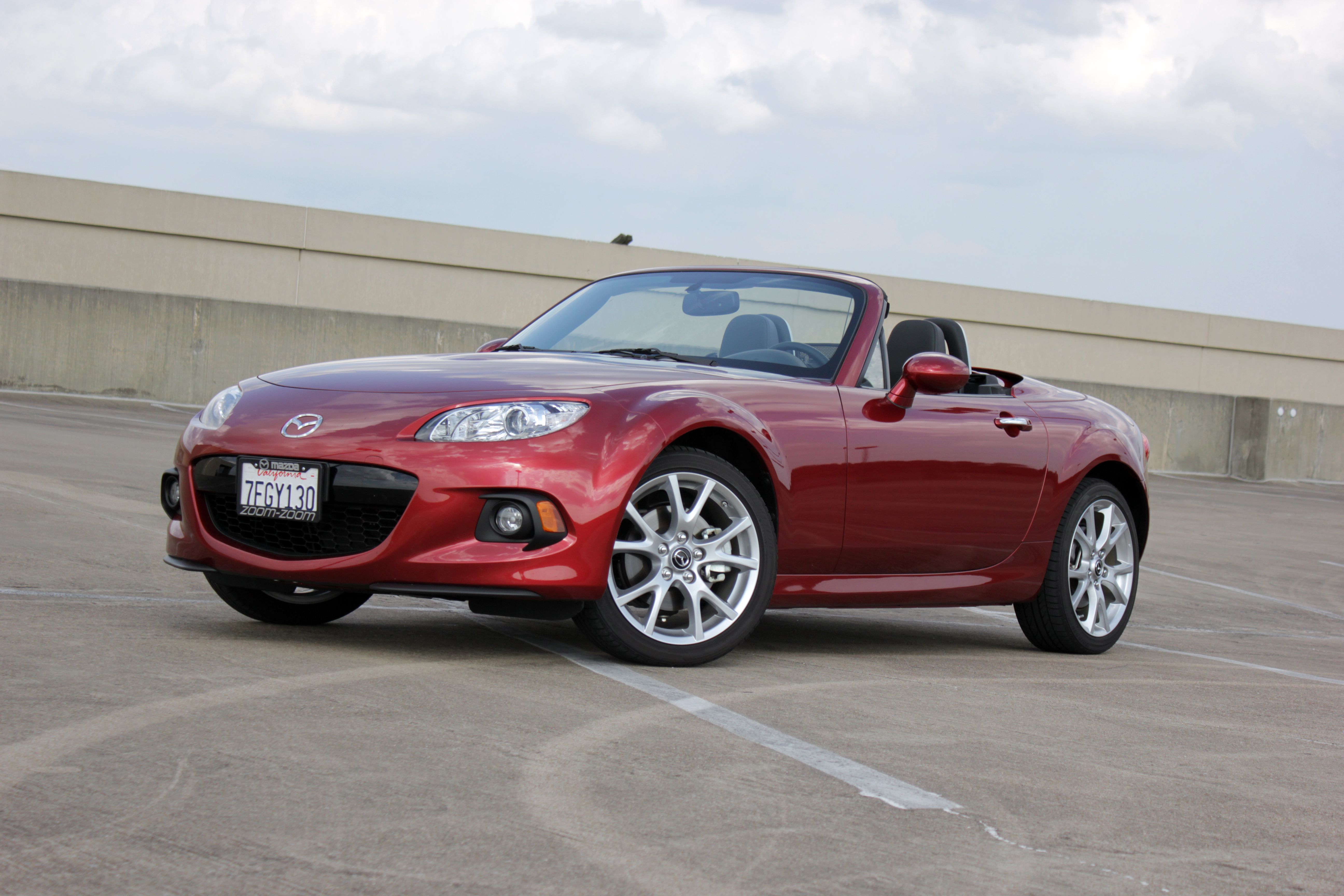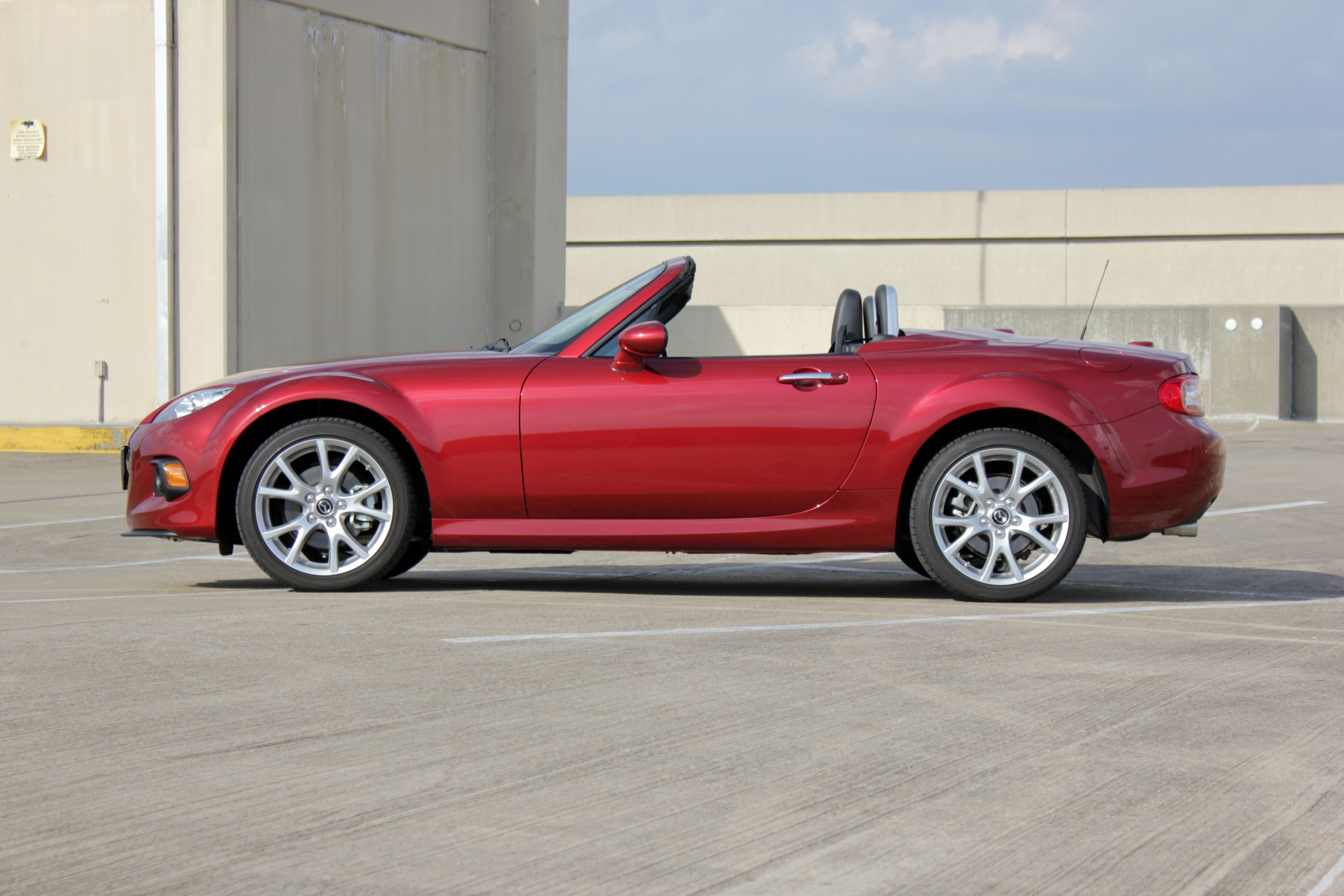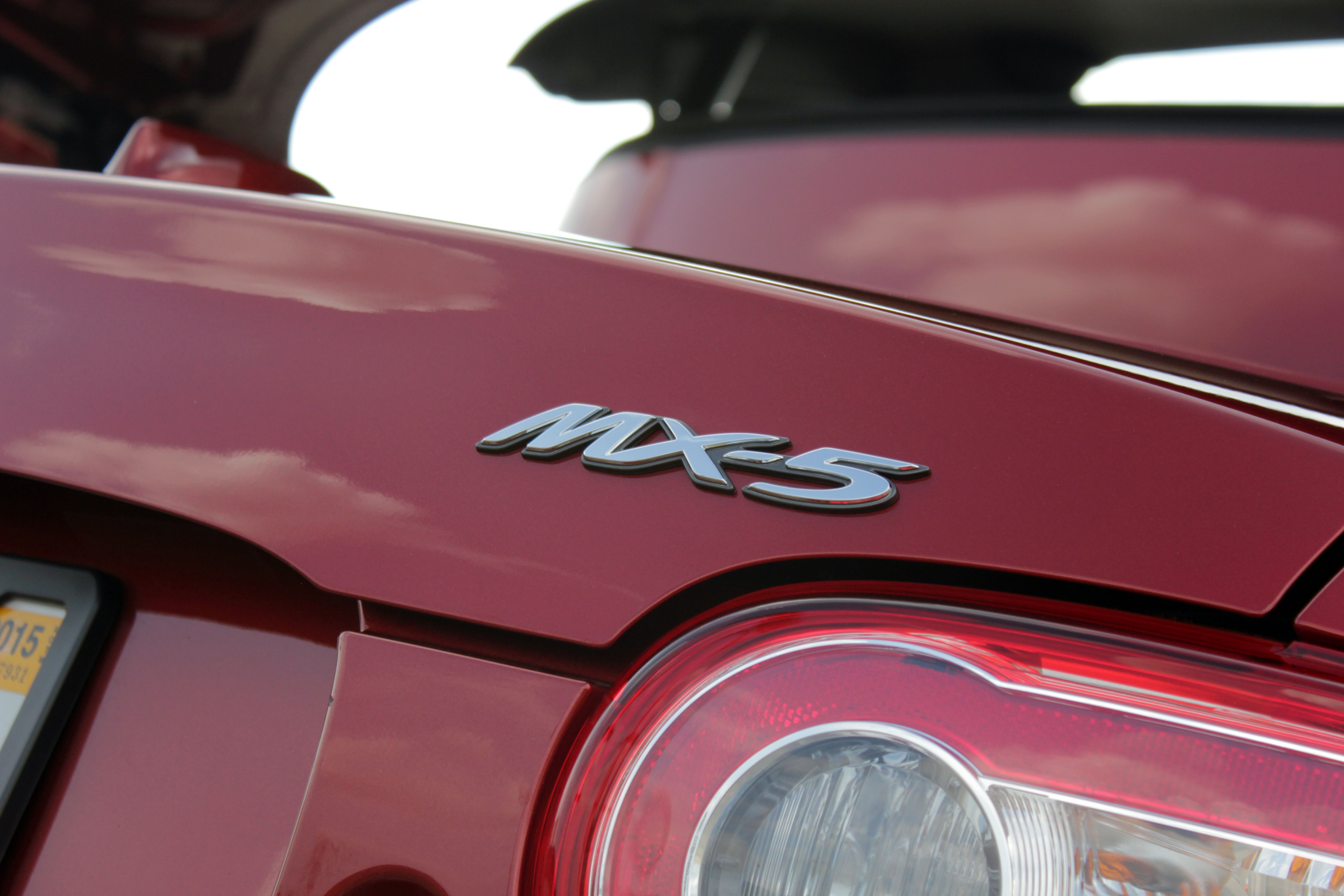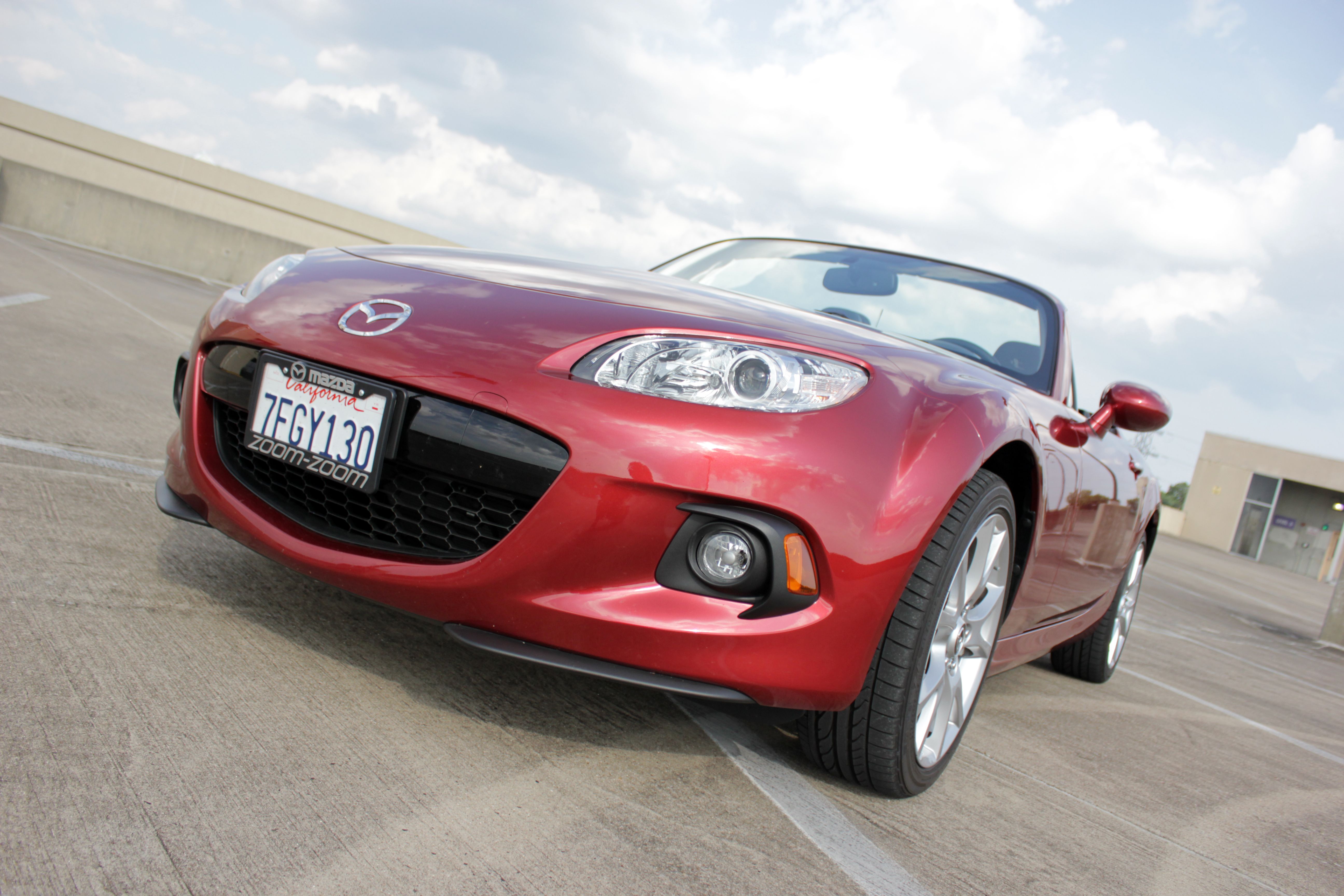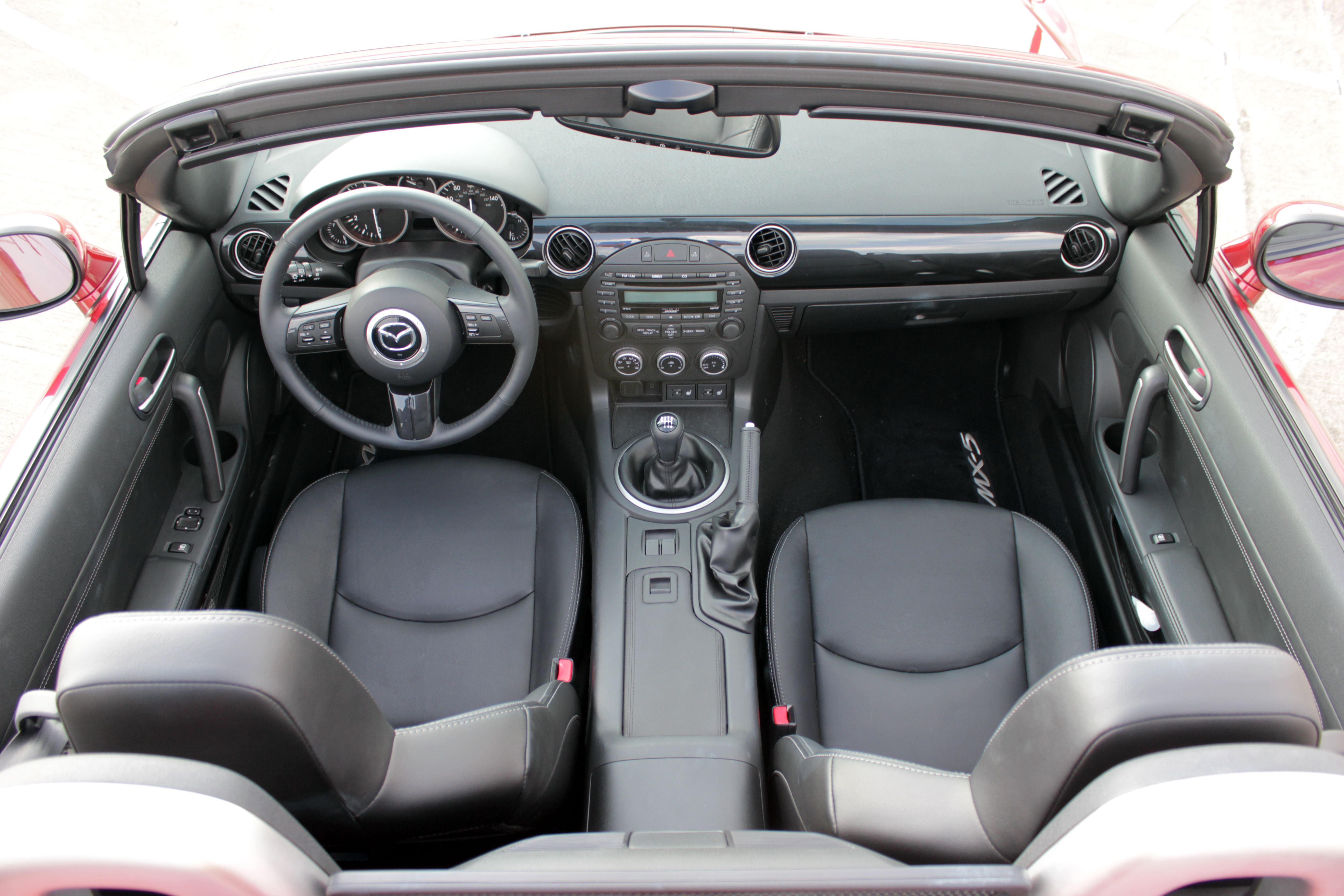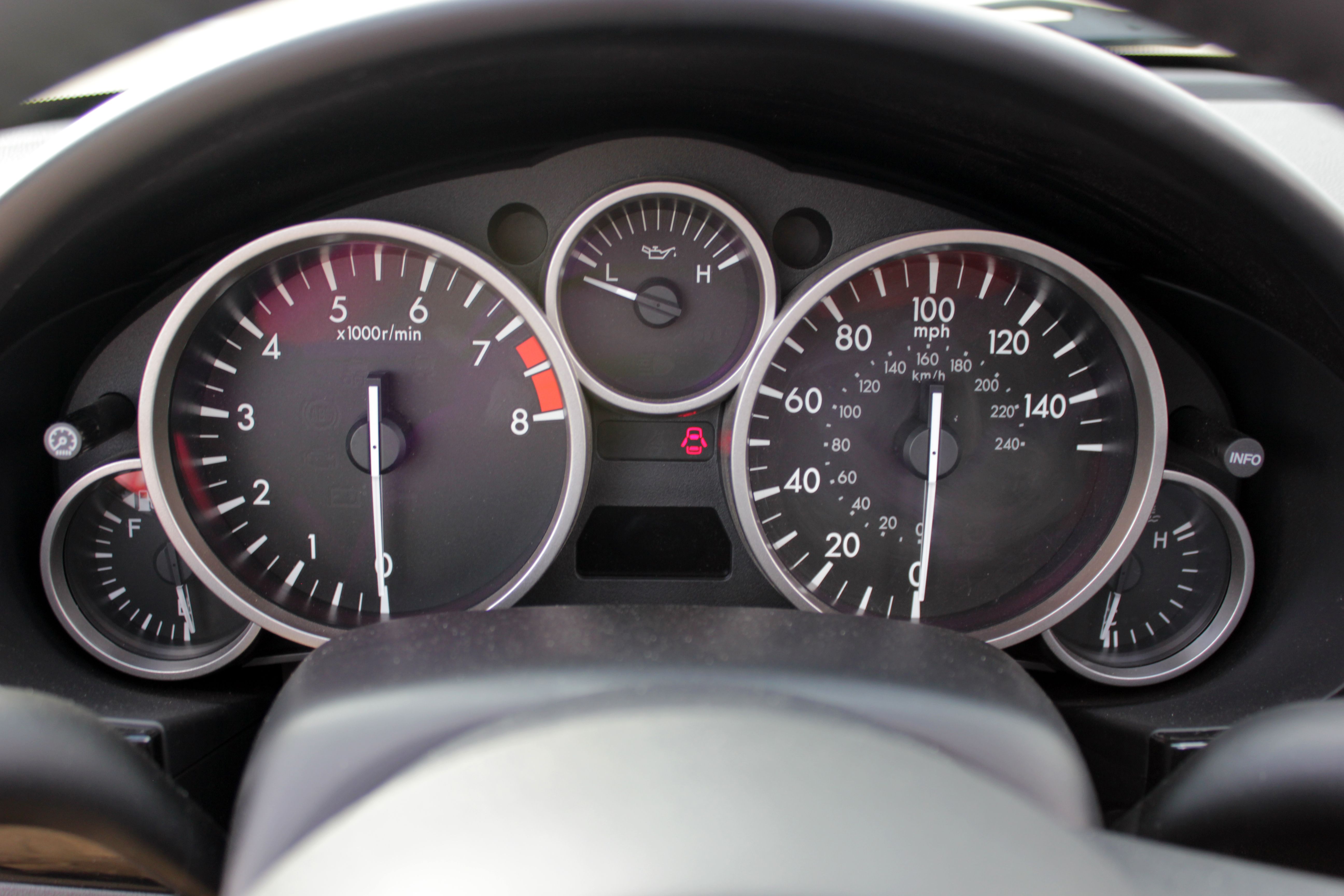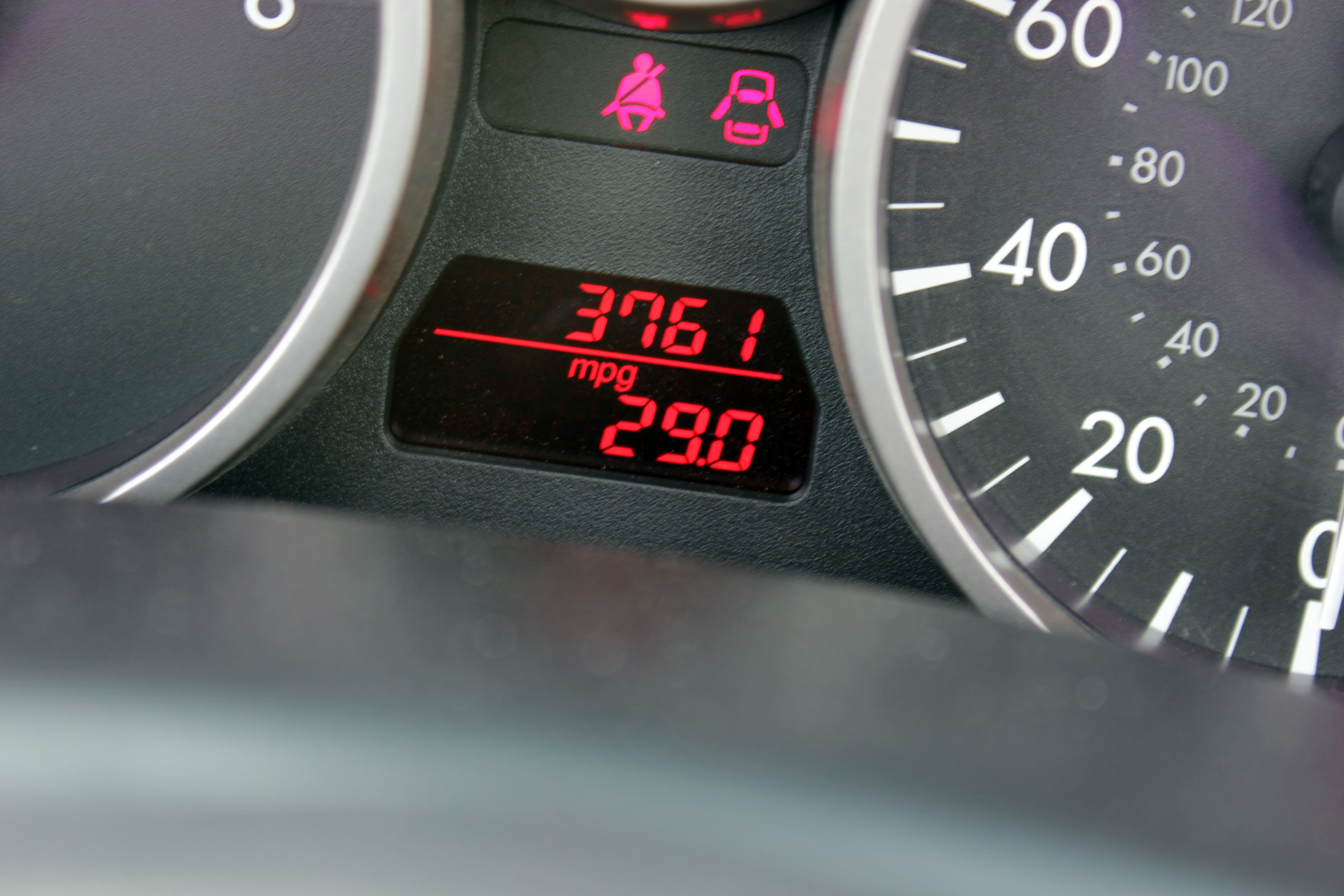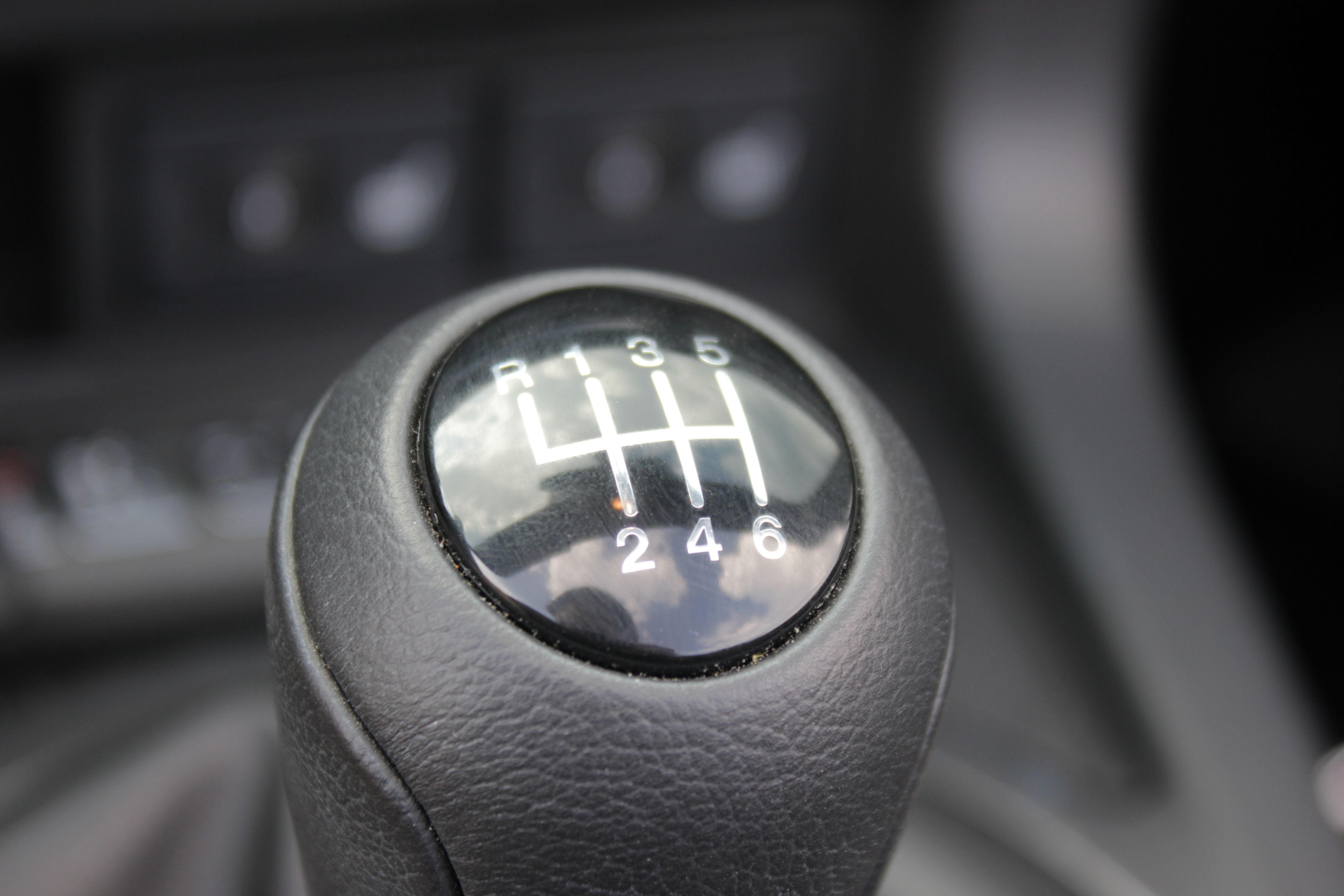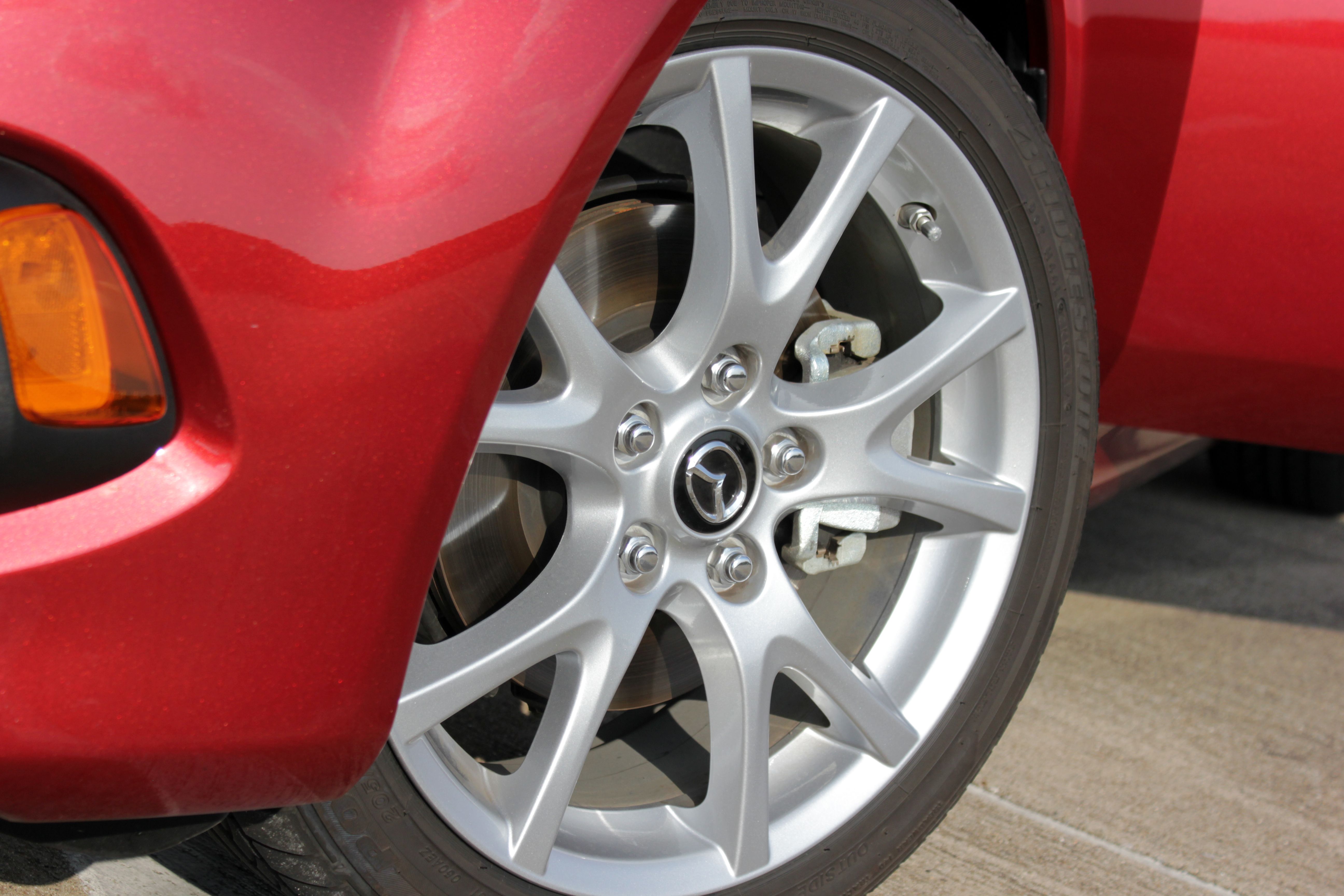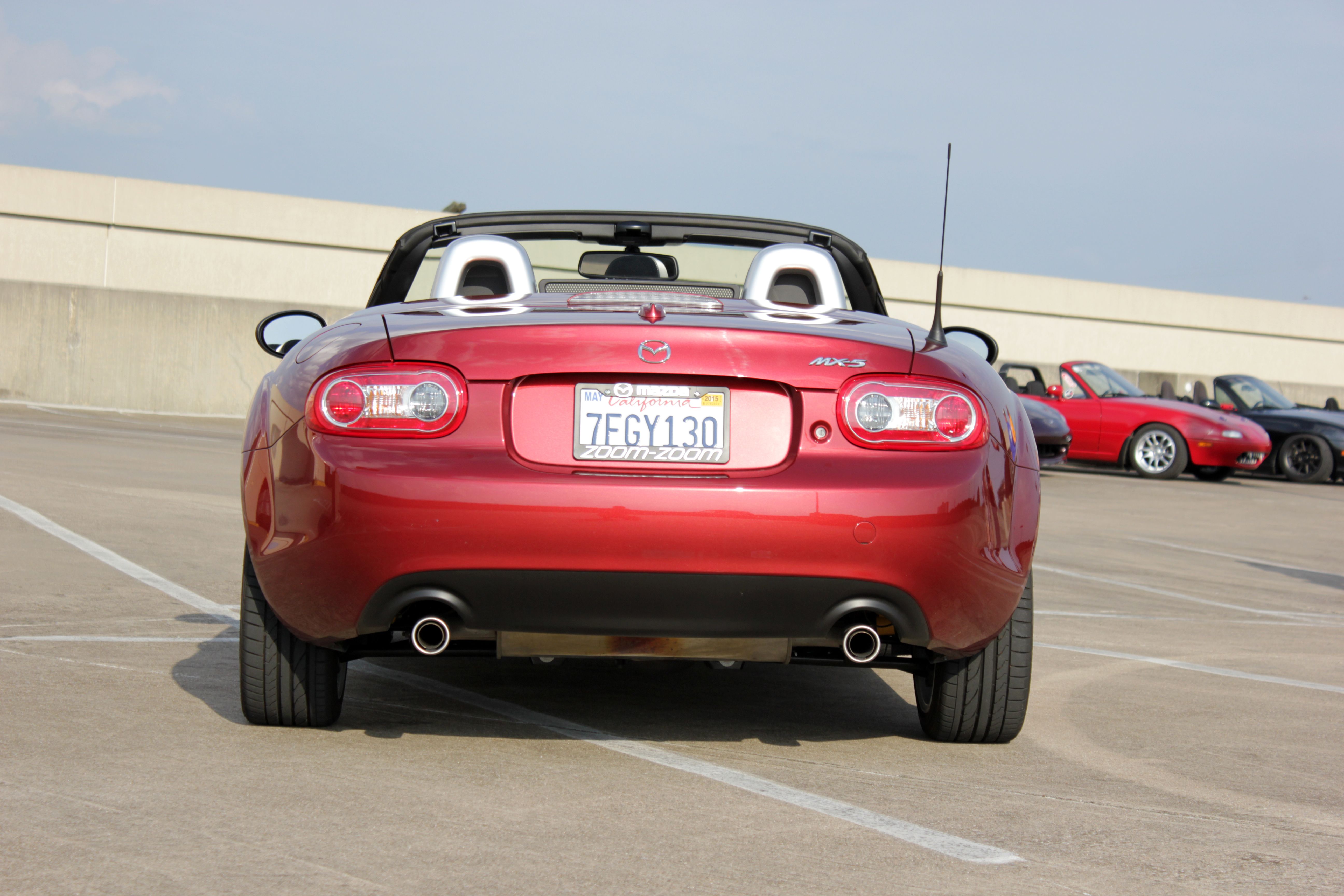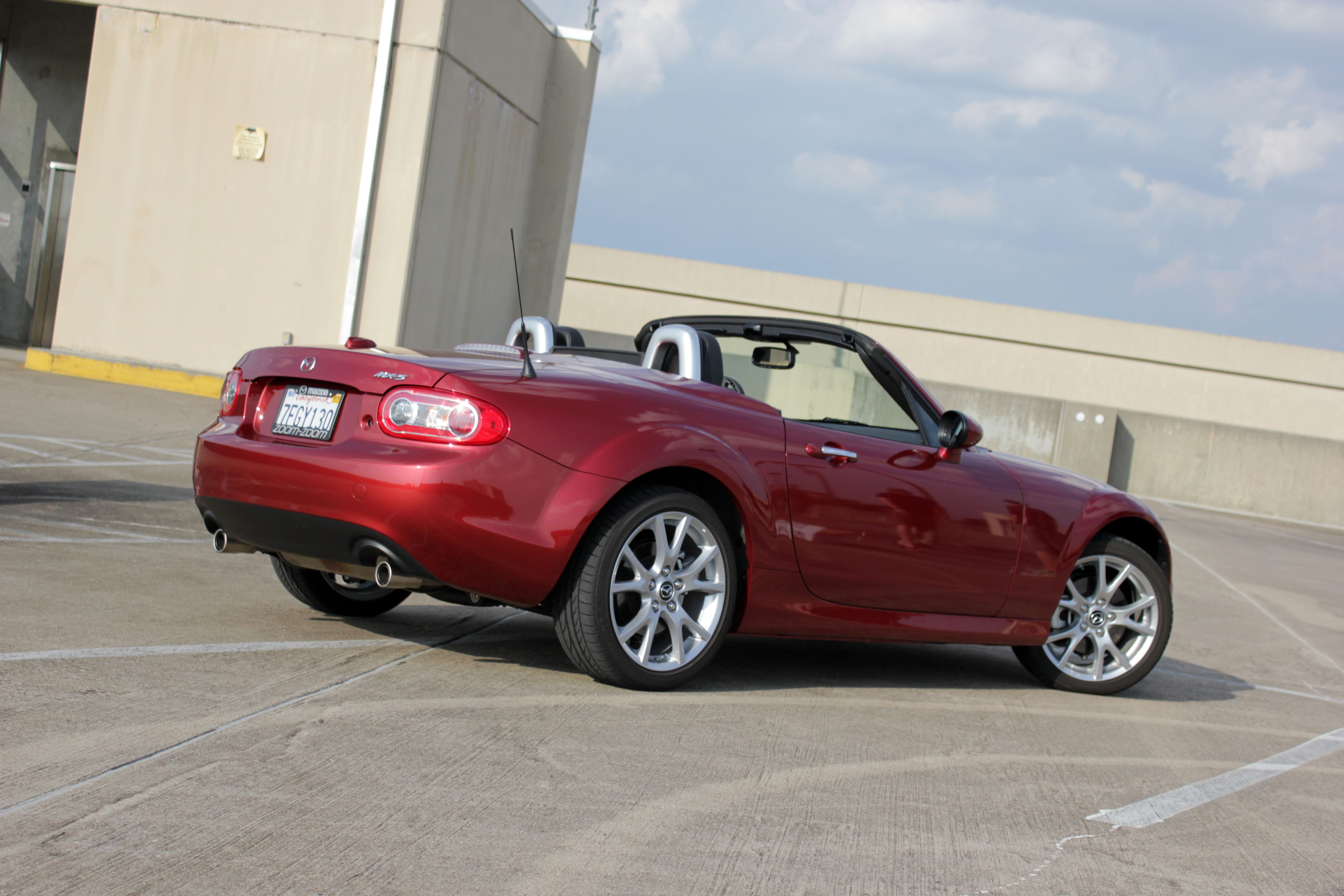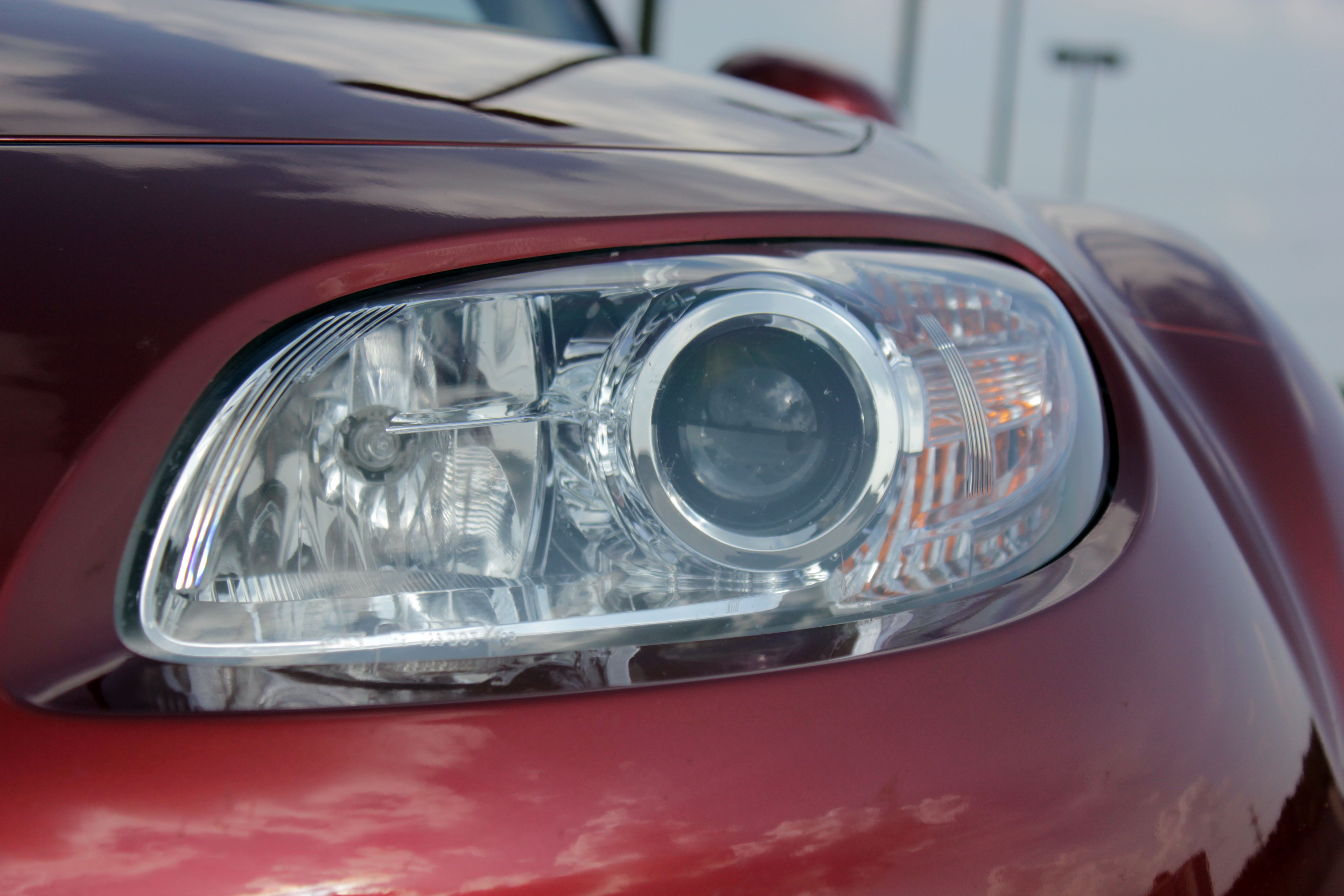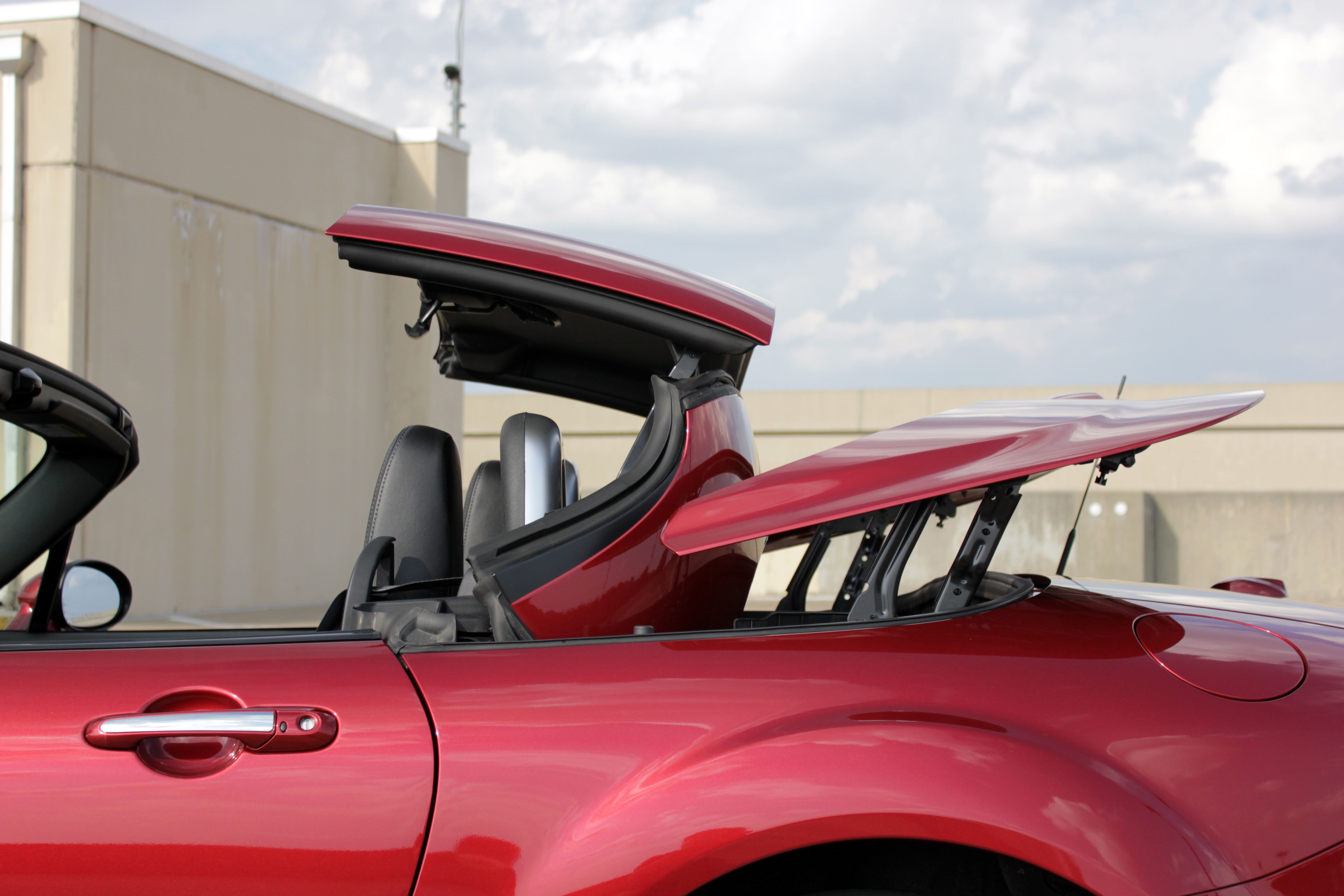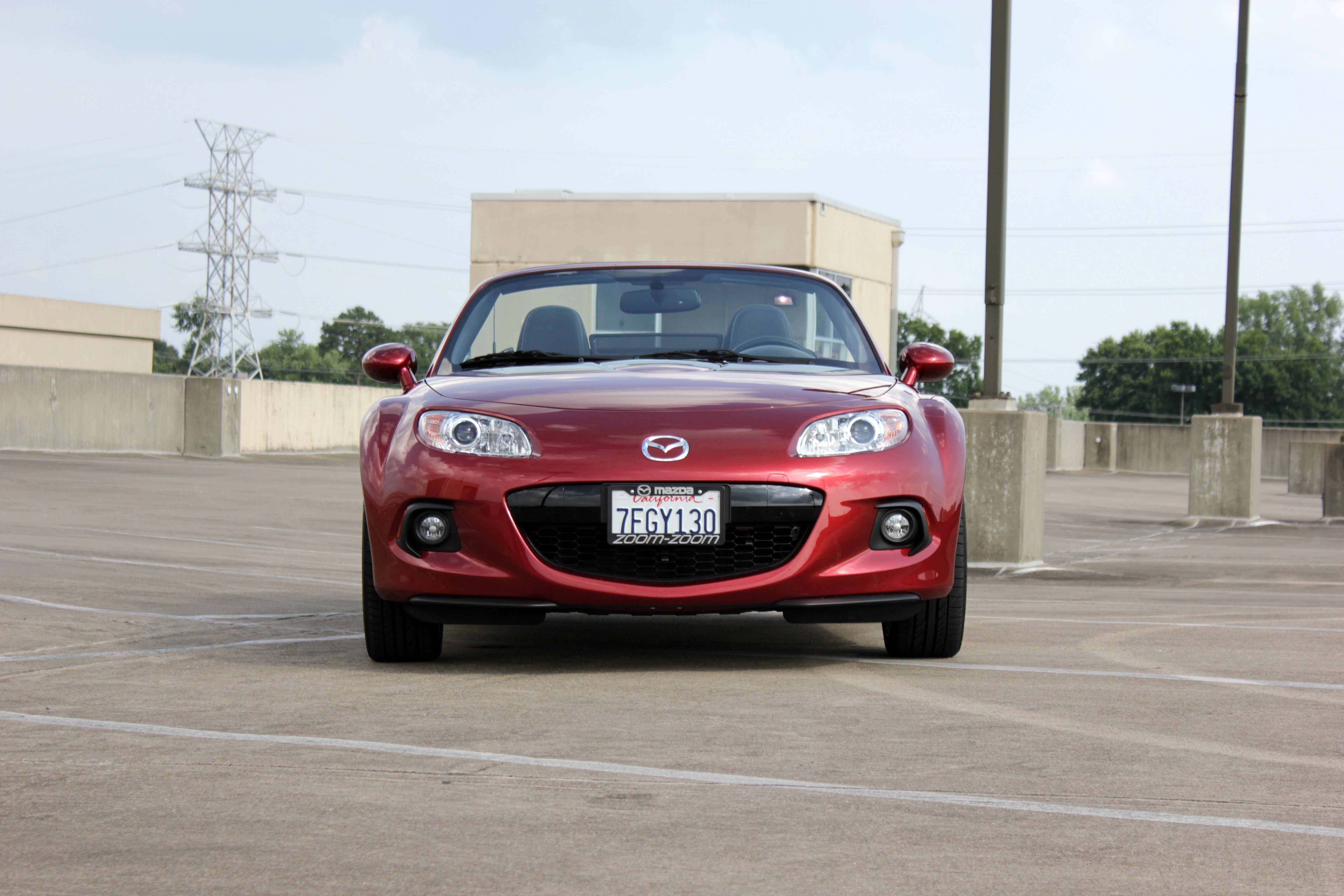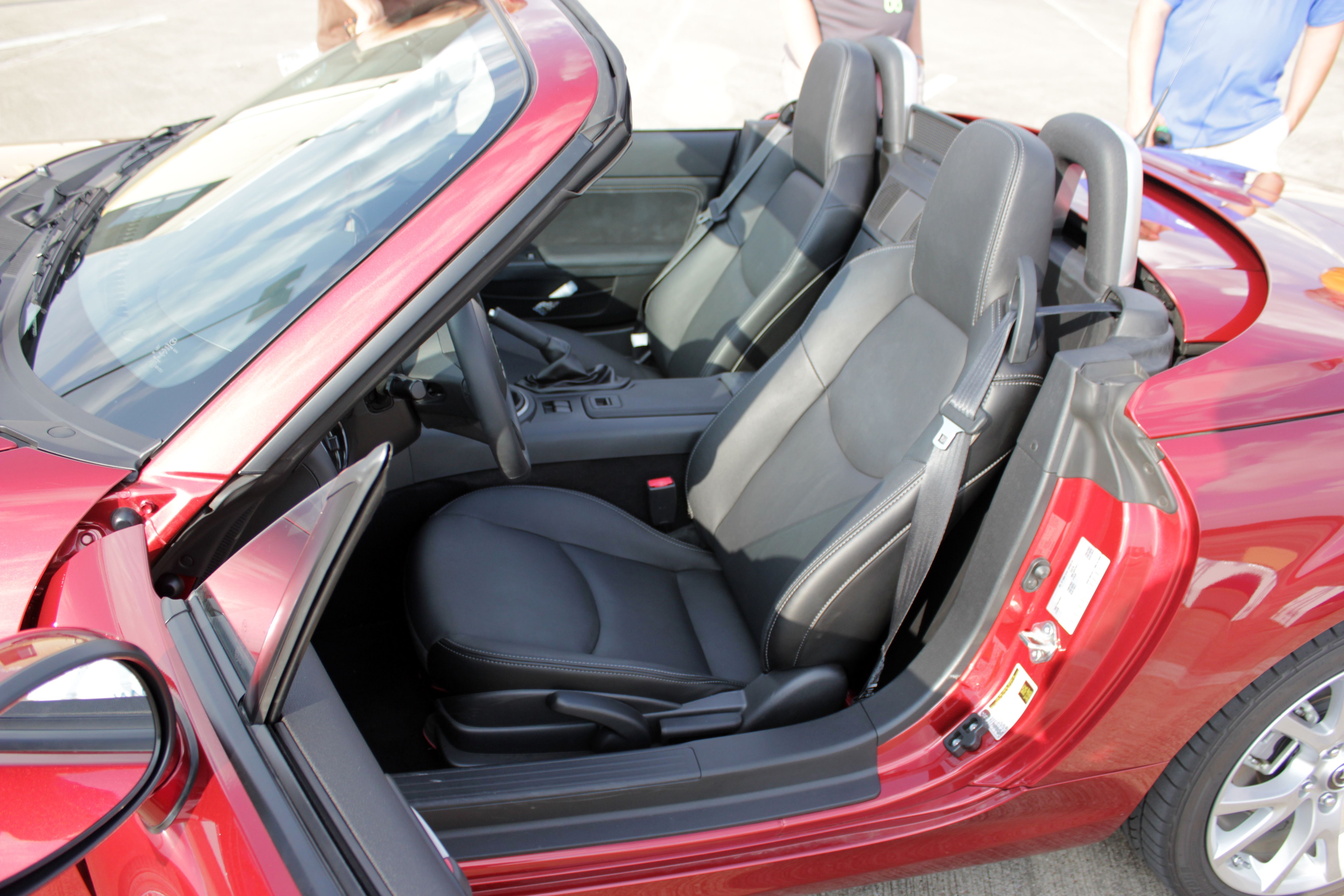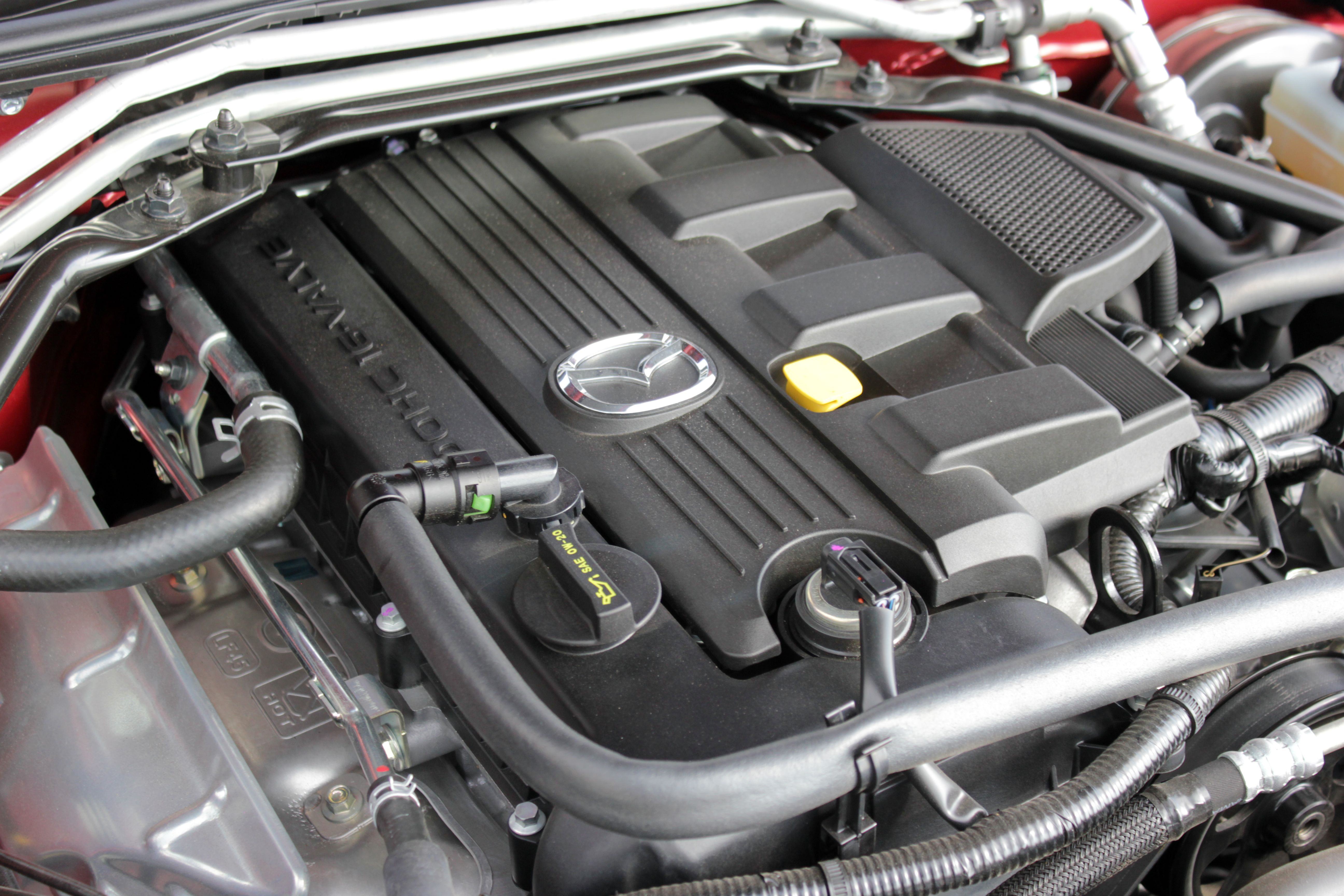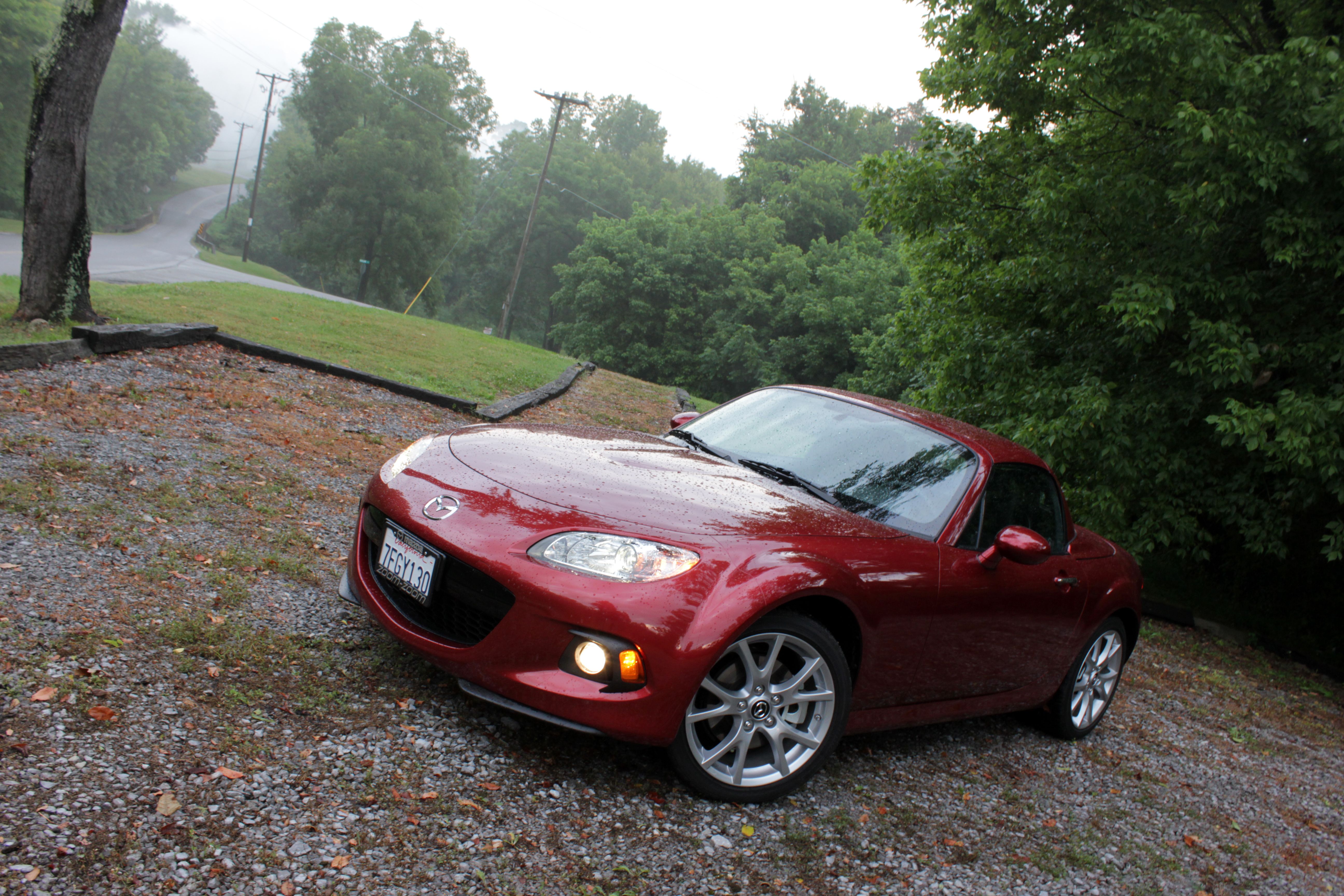The Mazda Miata->ke1185 is regarded as one of the greatest driver’s cars in the world. Not only is it the best-selling roadster of all-time, but the Miata is one of the most raced cars ever created as well. If you want a cheap and enjoyable driving experience, the Miata can’t be beat. At least that used to be the case, anyways. Now the current generation car is nearly a decade old, and new challengers like the Scion FR-S and Subaru BRZ have arrived promising the same type of fun.
Mazda->ke53 will be replacing the current NC-generation Miata with an all-new, fourth-generation car next year, but does the current car still deserve your attention? Mazda dropped one off in my driveway and I spent 8 days and drove more than 2,000 miles in the search for driving nirvana and some pie. In that time I learned a lot about this little roadster. Some of my thoughts are expected, but some other ones were quite surprising.
Is the Miata still the best cheap sports car in the world? Read on to find out.
2014 Mazda MX-5 Miata PRHT - Driven
- Make: Array
- Model: 2014 Mazda MX-5 Miata PRHT - Driven
- Engine/Motor: inline-4
- Horsepower: 167
- Torque: 140
- Transmission: Six Speed Manual
- [do not use] Vehicle Model: Array
Exterior
The outside of the Mazda Miata has always been a source of hate derision for many. The soft curves and diminutive shape give the car a feminine look, and many feel that with its small powerplant the Miata is a “chic’s car.” These people are wrong. Also, they are imbeciles.
The NC is a beautifully proportioned machine that nails the look and feel of a classic roadster perfectly. The beltline is flat and low, interrupted only by the slight fender bulges over the wheels. When looking back at vintage machines like the Triumph Spitfire, you can draw clear parallels.
The wheels themselves are large enough to fill the fender wells without being so large that their weight becomes an issue. As a Grand Touring car our tester is fitted with the optional 17-inch rollers.
We also have the power retractable hard top (PRHT). While I personally prefer the soft top, Mazda has done an impeccable job of designing the hard top to stay as close to the profile of the original cloth top as possible.
The top itself is a true marvel of modern engineering. Not only is its 12-second operation time one of the fastest in the world, Mazda has found a way to make it fit in the same compartment as the old soft top. You lose absolutely zero trunk space by choosing the metal roof over the canvas one. Even weight gain is minimal; you only add 82 pounds of heft with the tin-top.
Interior
The interior of the Miata is spartan and purposeful. The small cabin has very few flourishes of style or design. The sculpted seats hug you tightly and the steering wheel juts out directly at your chest. Behind that wheel is a set of five analog gauges, two large center mounted units for the tach and the speedometer. There other three are fuel, oil pressure and coolant temperature. You wont find any flashy customizable LCD here. The only digital part of the cluster is a small screen that houses your odometer and a display for either exterior temp, trip mileage or fuel economy.
It is quite a breath of fresh air to be presented with a setup so useful and simple. Even “a true driver’s cars” like the Porsche Cayman S comes with superfluous extras like an LCD screen that can show your navigation map and more in the gauge cluster.
Some people may take issue with the fact that even on the most expensive Miata available, a PRHT Grand Touring model like I have here, has no option for navigation or smartphone integration. To be fair, if your biggest concern is a nav screen, you should probably be looking at a different car anyways. The Miata doesn’t even come standard with Bluetooth, it was an optional extra on my car. Even the stereo system proudly proclaims it is a six-disc changer with WMA compatibility like its an aftermarket head unit from 2002.
It all seems old, dated and silly, but when you focus on this car’s true purpose of driving it all kind of makes sense.
I do have a few small quibbles with the interior. While the setup is perfect, I do feel like the steering wheel could be a little thicker. The leather wrap is nicely done, and the finger indents are perfectly positioned, but the wheel just feels a little fragile in my hands. The seats could also use some work. While I like the bolstering and general shape, they need more padding, and a little lumbar support wouldn’t hurt. After a few hundred miles I become pretty uncomfortable and needed to stop for a few minutes of rest.
Drivetrain and Performance
The engine of the Miata doesn’t look very impressive on paper. With a 2.0-liter displacement and a mere 167 horsepower with 140 pound-feet of torque, the Miata engine seems underwhelming compared to the powerplants that come in modern cars. The Miata isn’t about pure power and performance, though. The whole car is built around the idea of driving pleasure. The engine doesn’t have a lot of power, but with a curb weight under 2,600 pounds, the power-to-weight ratio is very competitive. You will hit 60 in just a hair over six seconds if you get a good launch. When you really take it out to have fun on the twisties, the redline for the engine sits at 7,600 rpm, so you can really push each gear.
Speaking of gears, our car has the six-speed manual transmission. It is easily one of the best transmissions that is in a current production car. Period. It has the same crisp feel you get from a Porsche->ke1, but the throws are even shorter and more precise. In a word, it’s perfect. There is an optional automatic transmission, but buying that dooms you to a world of hate and disgust. Not only does the Miata really need the manual to enjoy, the automatic car actually has nine less horsepower.
The clutch of the Miata could use a little work though. While the throw is short and nicely weighted, the bite-point is not very well defined and it can take a little work to get good launches and perfect heel-toe downshifts right.
Driving Impressions
There are few cars that feel quite as good to drive as the Miata. From the near perfect 50/50 weight balance, the sharp throws of the shifter and the immediate throttle response, the car feels alive. The steering system is still an old-school hydraulic system and it provides levels of feedback and feel that electric systems just can’t seem to match. I hate to use the clichéd phrase telepathic, but I can’t think of anything that describes it quite as succinctly.
With the tires pressed as far towards each corner as physically possible, the car demonstrates levels of grip that seem borderline impossible considering the 205-series rubber the car wears. Of course, the Miata is purely a tool for driving. If you would prefer to be a little less quick, and a little more hoon, you can get the car to slide wide in every turn and go through life a little sideways with a lot of tire smoke. There are very few options available for the Miata, especially the PRHT Grand Touring model, but the one that everyone needs to buy is the Sports Package. This adds a sport tuned suspension with Bilstein shocks and a limited-slip rear differential. With a cost of only $650 dollars, there is absolutely NO reason why you should skip this package.
The power level of the engine is more than adequate for the size and weight of the car, but I do find myself occasionally wishing for just a bit more low-end grunt. Mostly though, I just want it to power out of a corner that I misjudged the fearing for.
Brakes for the Miata are small, but spectacular. The pedal is firm, they bite quickly, and I have yet to feel an ounce of fade despite some of the most aggressive back road bombing I have ever done in a press car. I do wonder if repeated heavy track time will cause some issues with the base units, but in my testing you will never want for more.
Pricing
The base price for a PRHT model of the 2014 MX-5 Miata is $28,665 for a Club. A Grand Touring model like our tester starts at $29,450. The Sport Package with the LSD and suspension upgrades brought a cost of $650, and our car also has the Premium Package. With a cost of $1,390 this gives us an alarm system, keyless entry, Sirius Satellite Radio, Bluetooth and Xenon headlamps. After our $795 destination charge, our tester Miata came with a final sticker price of $32,285.
Competitors
Subaru BRZ/Scion FR-S
The Toyobaru coupes are the closest thing to competition the Miata currently has. With a low weight, performance focused handling and a low-powered but willing engine, the FR-S and BRZ are very similar to the Miata. Both of these coupes are more practical, thanks to their larger trunks and 2+2 seating arrangement, but that larger size means that they do weigh more.
Thanks to more powerful, 200-horsepower engines, the BRZ and FR-S do have very similar power-to-weight ratios to the Miata, but the Miata has a bit better throttle response thanks to a better torque to weight ratio. At least currently, neither one of these cars is available with a convertible top either. There are talks and rumors of a roadster version for the Toyobaru coupes, but if you want a topless drive today, the Miata is your best choice.
The Miata does have a better reputation when it comes to reliability. There have been lots of reports of problems with the BRZ and FR-S, even the tester I was given had issues and it had less than 7k miles on the odometer. The Miata however is nearly indestructible thanks to its simple parts and construction.
Ford Mustang Convertible
It may not be a lightweight car that focuses on handling and finesse, but its hard to argue with a 305 horsepower V-6 and one of the most iconic badges in automotive history. With a base price of $27,510, the Mustang is a fair bit cheaper than the Miata as well. That said, you are stuck with a cloth top instead of the Miata's folding metal roof, and the Mustang doesn't handle nearly as well.
If you want to skip the soft top all together, you could actually buy a V-8 powered Mustang GT for the same price as my Miata tester.
Just like the FR-S and BRZ, the Mustang does also offer a lot more practicality and technology options than Mazda's roadster. Usable back seats, MyFord Touch and more make a compelling argument. Of course, if all you really want is a nice drive, you still can't beat the Japanese drop-top.
Conclusion
The 2014 Mazda MX-5 Miata is far more than the sum of its parts or the numbers that define it on paper. It is one of those rare cars that can only be truly appreciated when driven. It has that special quality that only a very small number of cars ever have; it just feels special. There is a reason that it is the best-selling roadster in history. There is a reason that Mazda is still selling these things basically unchanged after nearly a decade. I wish I could tell you all those reasons, but you need some seat time to truly understand.
Rain or shine, top up or down, the Mazda Miata is one of the best car's I have driven in years.

